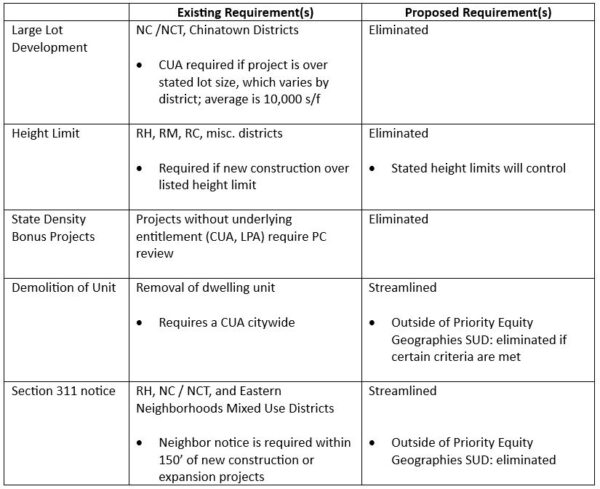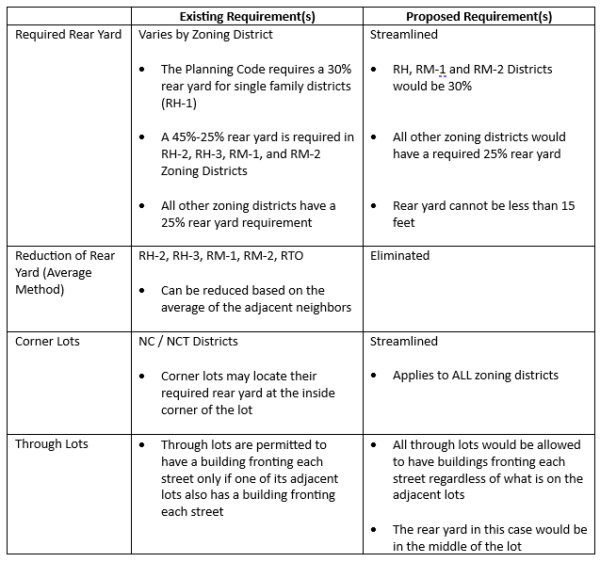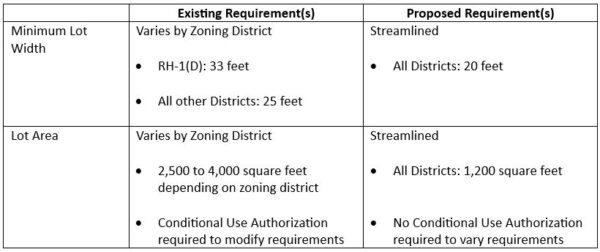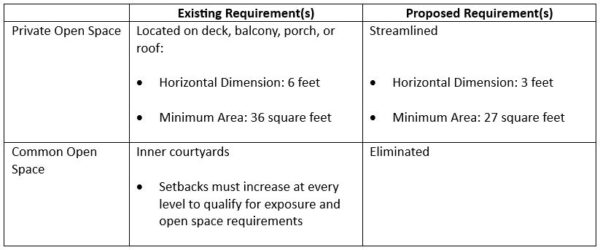On April 22, 2024, the Superior Court issued a decision in City of Redondo Beach et. all, vs. Rob Bonta, et. all. This case centered on the legality of SB 9, which the state legislature passed in 2021. The court held that the legislation was “not reasonably related to ensuring access to affordable housing nor narrowly tailored to avoid unnecessary interference with local government,” thus was in violation of the “home rule” doctrine prohibiting interference with municipal affairs [of charter cities]. At the crux of the argument was whether the legislature’s stated intent of SB 9 – “ensuring access to affordable housing” – was effectuated in the legislation. The court held that it was not.
As a reminder, SB 9 requires that a proposed housing development containing no more than 2 units in a Single-Family residential zoning district be approved ministerially, and that an associated lot split be approved ministerially as well. This legislation was one of many that the state legislature has passed in the last several years to require local municipalities to approve new housing projects.
A key issue in the case was whether SB 9 violated charter cities’ authority to manage “municipal affairs.” The Court noted that under California jurisprudence a state law may overcome the home rule doctrine if it is reasonably related to the resolution of a matter of statewide concern. The Court then applied the four-part test from California Fed. Savings & Loan Assn. v. City of Los Angeles to resolve the issue of whether SB 9 superseded local land use authority. At the end of this test, if “the court is persuaded that the subject of the statute is reasonably related to its resolution [and not unduly board in its sweep] then the conflicting charter city law is no longer a municipal affair and the state law applies.
The Court found, and the parties conceded, that land use and zoning regulations are traditionally local affairs and that SB 9 did indeed interfere with those powers. On the third prong, whether SB 9 dealt with a matter of statewide concern, the parties sought to define what exactly the statewide concern at issue was. Petitioners sought to define the statewide concern as ensuring affordable housing, whereas respondents argued that the matter of statewide concern was addressing the state’s overall housing shortage.
Here, the Court looked at the plain language of the law – SB 9’s legislative intent and purpose was simply “ensuring access to affordable housing is a matter of statewide concern and not a municipal affair” – and adopted a narrow reading of the Legislature’s intention. It held that SB 9 was just about ensuring access to affordable housing, not about the shortfall of housing generally. When respondents argued that specific identification of affordable housing did not necessarily preclude a shortfall in housing from being a matter of statewide concern, the Court was unpersuaded.
On the fourth prong of the inquiry (i.e. whether SB 9 is reasonably related to ensuring access to affordable housing and narrowly tailored to avoid unnecessary interference), the Court first turned to the definition of “affordable” within the context of SB 9. The Court held that the legislatures’ use of “affordable” in SB 9 was in the context of below market-rate housing. It did not agree with the respondents that it meant housing affordability at all levels.
The Court then held that the “broad requirement of ministerial approval of duplexes and urban lot splits does not contain any connection to affordable housing” (as defined as below market-rate units). Therefore, since SB 9 does not contain any below market-rate requirements, there was no evidence that SB 9 would result in the creation of “affordable housing,” basically dashing the argument that SB 9 could satisfy the reasonably related/narrowly tailored prong.
It is important to note that the Court went out of its way to distinguish SB 9 from SB 35 and SB 423, which have specific requirements for below-market rate housing units, and therefore were not subject to this ruling.
Where does this leave SB 9? There are 121 charter cities in California, many of them opposing not only SB 9 but other laws that force ministerial approval of housing projects. However, many jurisdictions have approved SB 9 projects, including San Francisco. Whether the Attorney General’s Office will appeal the ruling is not yet known, however, it is doubtful that this is the last we will hear about SB 9.
Authored by Reuben, Junius & Rose, LLP Attorney Tara Sullivan.
The issues discussed in this update are not intended to be legal advice and no attorney-client relationship is established with the recipient. Readers should consult with legal counsel before relying on any of the information contained herein. Reuben, Junius & Rose, LLP is a full service real estate law firm. We specialize in land use, development and entitlement law. We also provide a wide range of transactional services, including leasing, acquisitions and sales, formation of limited liability companies and other entities, lending/workout assistance, subdivision and condominium work.
















